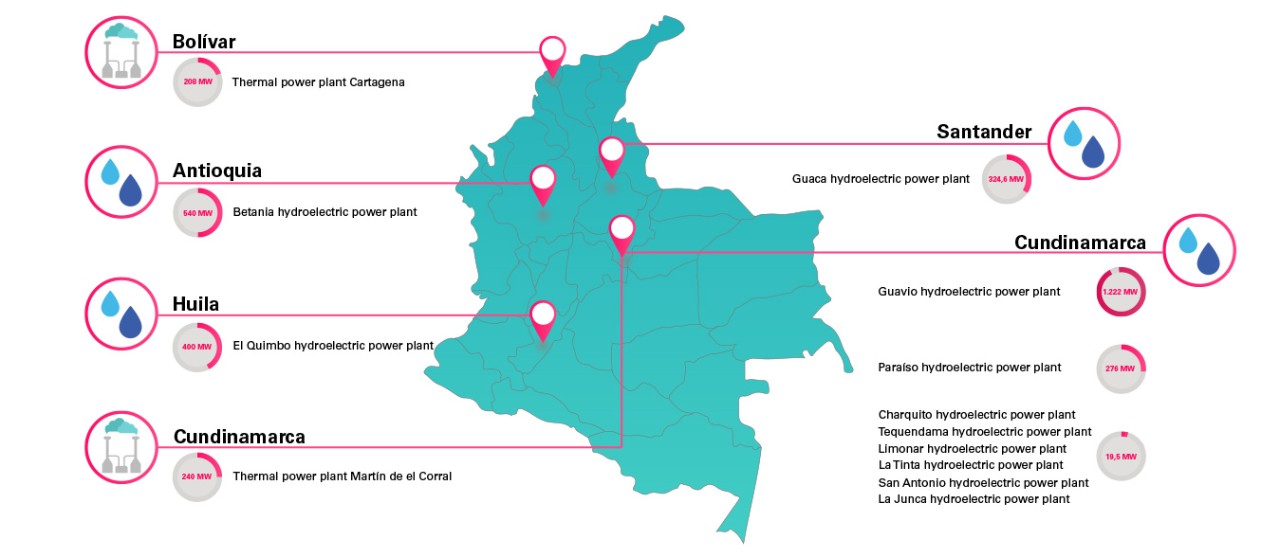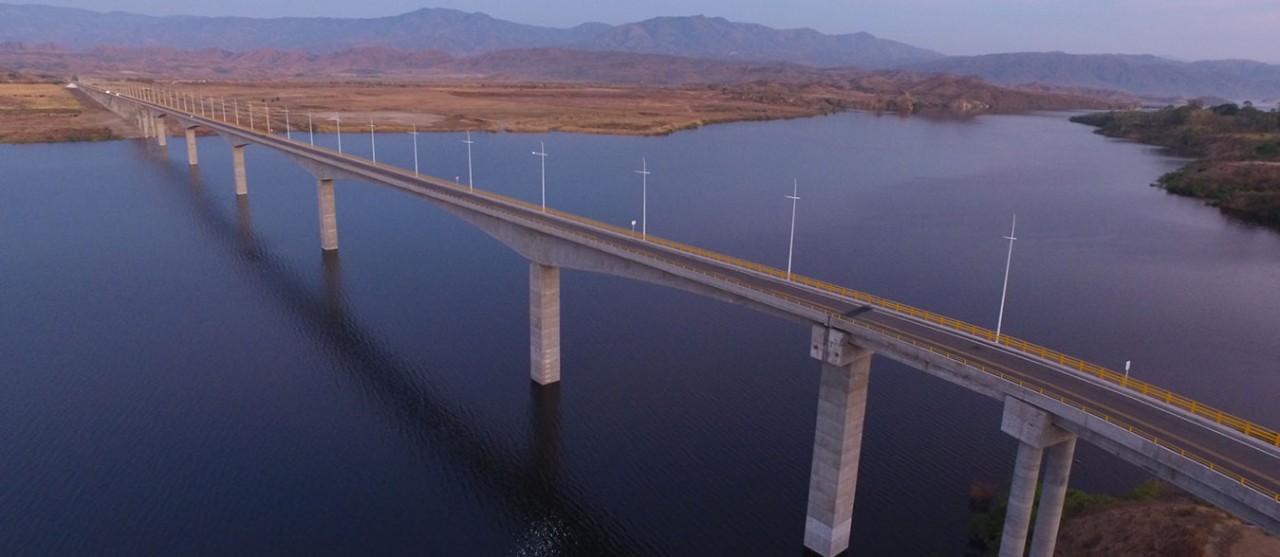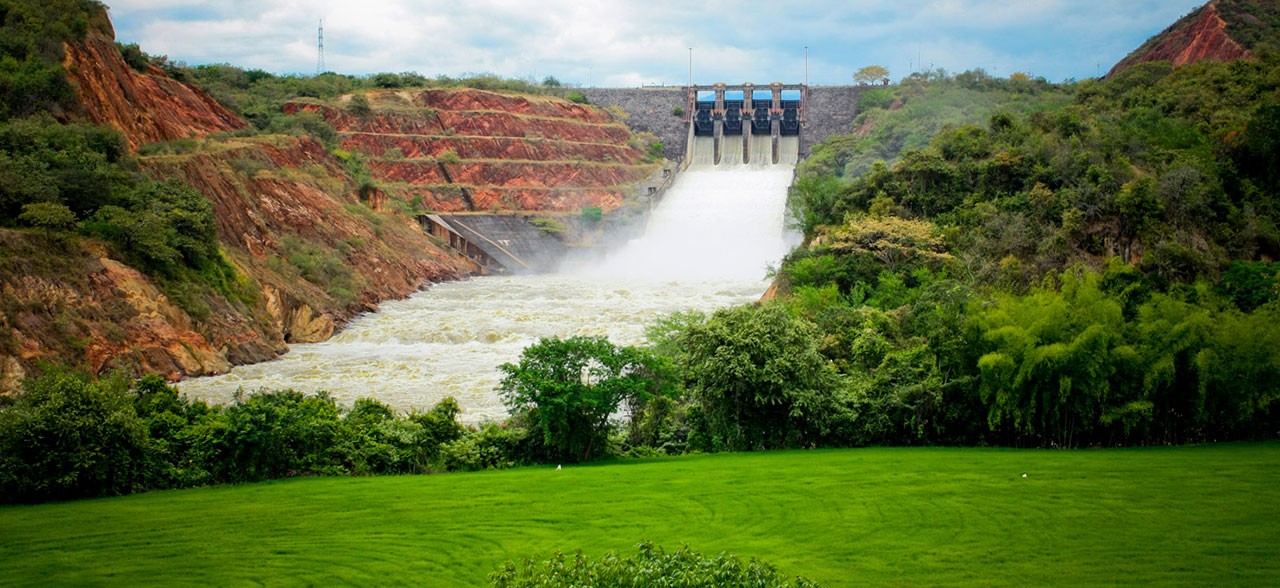
Quimbo, more energy for the nation
After five years of construction, in November 2015 the Quimbo Hydroelectric Power Plant came into operation, delivering approximately 400MW to the Colombian power grid and having the capacity to contribute 4% of national demand. With this installed capacity, Enel Generación has a net installed capacity of 3,422MW, 21% of the country’s capacity (of 15,909MW) firmly putting it in second place among the nation's generating agents.
“The construction of El Quimbo is the largest project undertaken in recent years by Enel Group in Latin America, with an investment of more than $ 1.2 billion, which not only ratifies our company's confidence in Colombia, but also provides an asset that delivers more energy to the nation.”

The Quimbo Hydroelectric Project was given the green light in March 2008. In May 2009, it obtained its environmental license, and in November 2010, construction began.
The larger Quimbo mega site includes a 55-kilometer long reservoir of 8,250 total hectares, with a storage capacity of 3,200 cubic hectometers, making it one of the largest reservoirs in the nation. Its dam is 151 meters high with a 66-meter high auxiliary dam of 66 meters. Its 4-gate dump controls the level of the reservoir.
The Quimbo Hydroelectric Project entailed relevant investments earmarked for infrastructure, the environment and its surrounding communities.
- Infrastructure: nearly $523,000 million Colombian pesos were invested in the department and in the municipalities of the area of influence for this new, more modern and efficient infrastructure.
- Social: investments exceeded $358,000 million Colombian pesos, directly benefiting the development of the communities, as well as regional agriculture.
- The environment: A further $103.3 billion was invested mainly in the acquisition of the 11,079 hectares for the most important ecological restoration plan ever carried out in Colombia in a dry tropical forest.
- In addition, significant investments of more than $17.2 billion were made in archeology to recover 50,000 ceramic fragments and more than 100 archaeological pieces.

